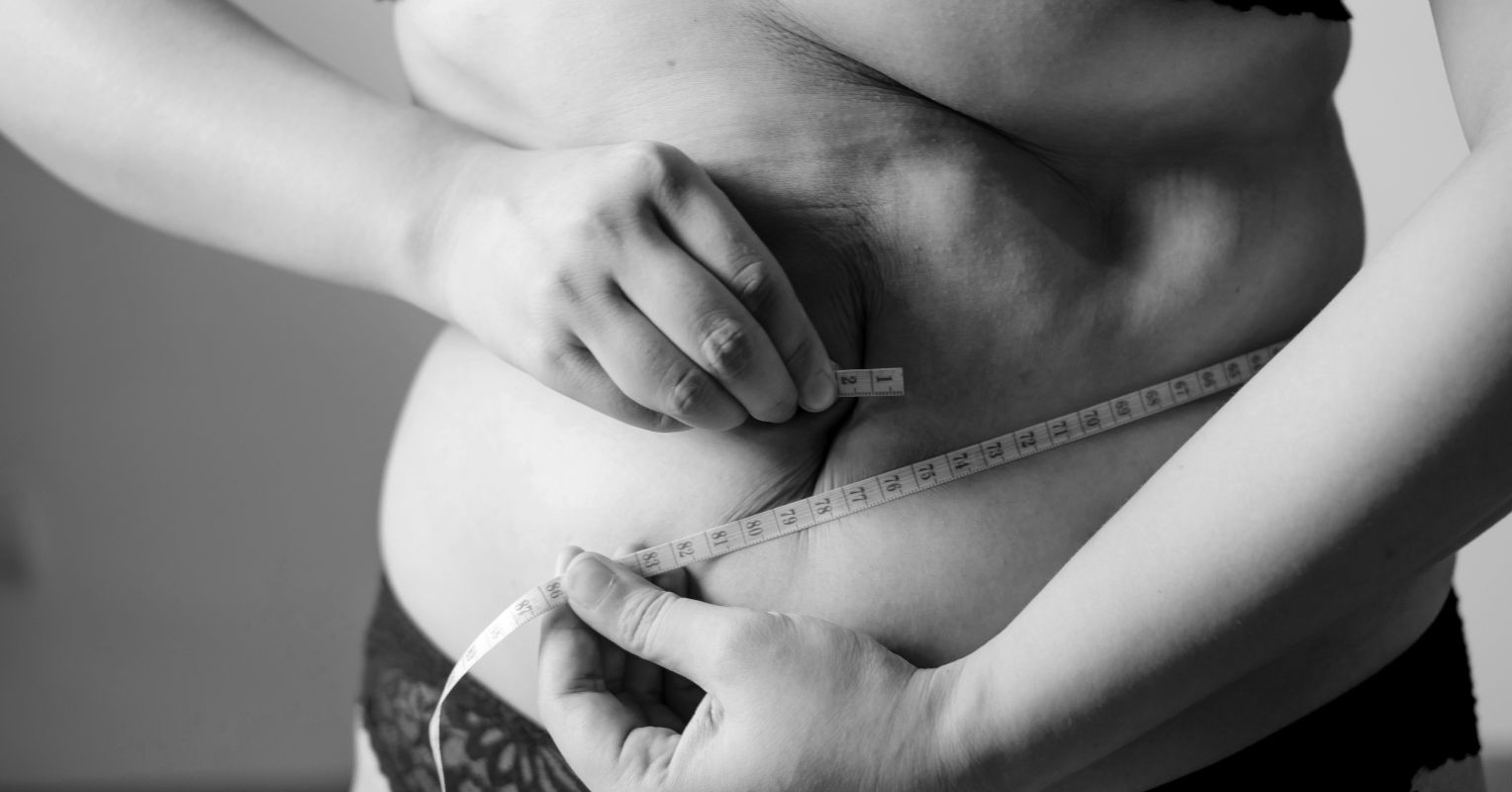Body image is one of those quietly persistent struggles that many people carry daily, like background noise that affects everything but is rarely named out loud. As a psychotherapist specializing in eating disorders, I often hear clients say, “I just want to feel at peace in my body,” or “I don’t want how I look to determine how I feel about myself.”
These are deeply human desires, and yet they’re surprisingly hard to achieve. So why is improving body image such a challenge? And what, if anything, actually works?
What Is Body Image?
Body image isn’t just how you look. It’s how you think, feel, and behave in relation to your body, which encompasses your beliefs about your appearance, the value you assign to your physical appearance, and your relationship with your body. (Cash, 2004). This relationship is shaped by early experiences, cultural standards, family messages, trauma, and even moment-to-moment mood shifts.
Why It’s So Hard to Change
- We live in a culture that rewards body dissatisfaction. Body hatred is so normalized that it’s often mistaken for self-discipline or even humility. Diet culture, bolstered by a $70 billion-plus global industry, depends on us feeling not-good-enough (Brown & Slaughter, 2011). Furthermore, body dissatisfaction is socially contagious: We bond over body talk, and negative comments about our appearance can become an integral part of our internal dialogue (Engeln, 2017).
- The brain is wired for confirmation bias. Once you believe your body is flawed, you start scanning for evidence to support that belief. Research shows that people with negative body image interpret ambiguous information, like a glance from someone else, as confirmation of their perceived flaws (Glashouwer et al., 2016). Over time, this reinforces dissatisfaction, even if there’s no objective reason why it should.
- Most efforts to “fix” body image are misdirected. Trying to improve body image by altering your physical appearance through weight loss, exercise, or cosmetic changes doesn’t work long-term. A meta-analysis found that even after successful weight loss, many individuals continued to experience high body dissatisfaction (Vartanian & Porter, 2016). That’s because body image is rooted in thought patterns and beliefs, not size or shape.
What Actually Helps?
Thankfully, there are strategies to improve body image that don’t involve altering your appearance. These are just a few evidence-based interventions that can help:
1. Reduce Body Checking. Body checking involves repetitive behaviors aimed at scrutinizing your body to assess its shape, size, or perceived flaws. Body checking can include mirror checking, pinching skin or fat, weighing yourself multiple times a day, measuring body parts, or comparing yourself to others. While these behaviors might feel like ways to “stay informed” or control anxiety, research consistently shows that frequent body checking increases body dissatisfaction and anxiety, rather than relieving it (Shafran et al., 2004).
Body checking keeps your focus narrowly locked on appearance, reinforcing negative beliefs and fueling a vicious cycle of dissatisfaction. It can also worsen symptoms of eating disorders and obsessive-compulsive tendencies.
Try this:
- Start by identifying your most common body checking habits. For example, do you find yourself constantly scrutinizing your stomach in the mirror or stepping on the scale multiple times a day?
- Gradually reduce these behaviors, starting with small changes. You might choose to skip one mirror check or avoid weighing yourself for a few days.
- Replace checking with mindful observation, notice how your body feels rather than how it looks. Pay attention to sensations like warmth, movement, or comfort.
- Use self-soothing or grounding techniques when urges to check arise, such as deep breathing, gentle stretching, or engaging in a pleasant activity.
Reducing body checking is a powerful step toward freeing yourself from obsessive body scrutiny and cultivating a more positive relationship with your body, characterized by greater kindness and acceptance
2. Practice Body Appreciation. It’s hard to jump from self-criticism to self-love, which is why many people benefit from cultivating body appreciation instead. Body appreciation means learning to value your body for what it does—its strength, mobility, senses, and resilience—rather than how it looks.
Research indicates that body appreciation is associated with improved self-esteem, enhanced psychological well-being, and reduced disordered eating behaviors (Tylka & Wood-Barcalow, 2015; Avalos, Tylka, & Wood-Barcalow, 2005). Focusing on what your body enables you to experience can interrupt the constant mental critique of how it appears.
Try this: Each day, name one way your body supported you. Did it help you laugh with a friend, hike a trail, or simply rest when you needed to? Gratitude toward your body builds a new mental habit, one rooted in care rather than critique.
3. Expand What (and Who) You Pay Attention To. Improving body image isn’t just about changing how you think; it’s about shifting what you value and consume. When your world is filled with images of filtered, idealized bodies, it’s easy to believe that your appearance is the most important or deficient thing about you.
One powerful way to improve body image is to reduce exposure to appearance-focused media and intentionally widen your focus to include people, activities, and values that affirm your full humanity.
Try this:
- Diversify your feed. Most of what we see online isn’t real. Facetuned selfies, filtered bodies, and carefully curated “effortless” posts are designed to trigger comparison. Following accounts that reflect real bodies, across sizes, ages, races, genders, and abilities, can counteract the narrow standard of beauty that fuels body dissatisfaction. Research shows that exposure to body-diverse content improves body appreciation and reduces body comparison (Tiggemann et al., 2020).
- Spend less time on social media in general. Even well-intentioned content can cause you to become overly focused on appearance. A 2018 study found that limiting social media use to 30 minutes a day significantly reduced loneliness and depression, especially among young adults (Hunt et al., 2018). Taking breaks from scrolling can give you back time, energy, and perspective.
- Reconnect with your values. Ask yourself: What do I want my life to be about? When we build identity solely around how we look, we lose connection to who we are. Reclaim space in your day for things that matter to you: reading, being in nature, spending time with people you love, creating art, and helping others. These are acts of resistance to a culture that tells you your worth is only skin deep.
- Follow people who reflect your values, not just your appearance goals. Think activists, educators, writers, comedians, artists, not just wellness influencers. This simple shift can rewire your feed and your brain to see bodies as just one part of a rich, meaningful life.
Body Image Essential Reads
When you spend less time comparing your body to others and more time living according to your values, your body image naturally begins to shift. Not because your body changed, but because your life did.
4. Use Cognitive Defusion Techniques. Our minds are incredibly persuasive; thoughts can feel like absolute truths, especially negative ones about our bodies. Cognitive defusion is a mindfulness-based skill from Acceptance and Commitment Therapy (ACT) that helps you step back and view thoughts as just thoughts, rather than facts.
Instead of buying into the idea “I look terrible today,” cognitive defusion encourages you to notice that you are having the thought that you look terrible. This simple shift creates psychological distance and reduces the emotional charge around body-related thoughts (Masuda et al., 2004).
Try this: When a negative body image thought pops up, label it aloud or silently, e.g.,
- “I’m noticing I’m having the thought that my stomach looks bad.”
- “There’s the ‘I’m ugly’ thought again.”
This naming helps the brain recognize the thought as a passing mental event rather than an undeniable truth.
You can also use metaphors to help defuse from thoughts, like:
- Imagine your thoughts are leaves floating down a stream. Watch them pass by without grabbing onto any of them.
- Picture your mind as a sky and thoughts as clouds, sometimes dark or stormy, but always moving and temporary.
Research supports the effectiveness of cognitive defusion in reducing the distress caused by negative thoughts, improving psychological flexibility, and fostering healthier self-relationships (Hayes, Luoma, Bond, Masuda, & Lillis, 2006). This skill is particularly useful when body dissatisfaction triggers anxiety or urges to engage in harmful behaviors.
By practicing defusion regularly, you can weaken the grip of self-critical thoughts and create space for Self-compassion and acceptance, even on challenging days.
Final Thoughts
While I often work with people with eating disorders, it’s important to remember that body image struggles are not exclusive to clinical diagnoses. Whether or not you have an eating disorder, improving your body image is a valid and important goal.
It’s not about loving your body every day; it’s about building a relationship that is flexible, respectful, and grounded in your values. And most importantly, it’s about reclaiming your time, energy, and sense of self-worth from a culture that profits off your doubt.
You deserve body peace, not when you’re “fixed,” but right now, as you are.













